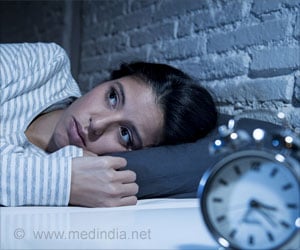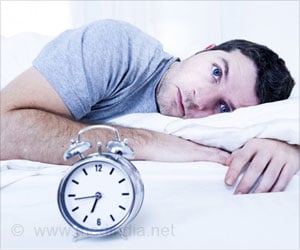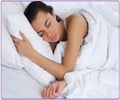Tired of tossing and turning? Science says strength training is the best way to beat insomnia in older adults!
- Strength training is the most effective exercise for improving sleep quality in older adults
- Aerobic and combination exercises also help, but resistance training shows the highest improvement
- Regular exercise, 2-3 times per week for at least 14 weeks, significantly enhances sleep quality
Impact of different types of physical exercise on sleep quality in older population with insomnia: a systematic review and network meta-analysis of randomised controlled trials
Go to source). Aerobic exercise or a combination of strength, aerobic, balance, and flexibility activities appear to be useful, according to the data.
Just two resistance workouts per week can improve sleep quality by as much as an extra hour of sleep per night! #sleepbetter #healthyaging #strongerwithage’
Effects of Poor Sleep Quality
Sleep quality typically declines with age. According to the study, up to one-fifth of older persons suffer from insomnia. Poor quality sleep has been related to a variety of major health problems and cognitive impairment, as well as an increased risk of professional underperformance and absenteeism.Link Between Exercise and Insomnia
Previous study suggests that exercise can help with insomnia symptoms, however, it is unclear which sort of exercise is most effective.Researchers looked at research databases for relevant clinical trials published up to October 2022 that compared physical exercise to routine activities, usual care, other non-physical activity, or health education in people formally diagnosed with insomnia, using The Global Pittsburgh Sleep Quality Index (GPSQI).
The studies covered the following types of exercise: aerobic (cycling, dancing, swimming, brisk walking, and gardening); resistance (weights, push-ups, and planks); balance (step-ups, heel-to-toe walking); flexibility (gymnastics, yoga, and Pilates); and combination exercise (a mix).
The pooled data analysis includes 24 trials with a total of 2045 people aged at least 60 (average 70). The majority were carried out in Asia (56%), North America (16%), South America (16%), and Europe (12%). One-fifth were carried out at nursing homes.
More than half of the reported exercise intensity was mild to moderate or moderate, with an average session length of little over 50 minutes and a frequency of two to three times per week. The workout routines lasted an average of 14 weeks.
Because there was insufficient research addressing the other exercise kinds, the pooled data analysis only included studies on combined and aerobic exercise.
This investigation revealed that combined exercise improved the GPSQI by 2.35 points, whereas aerobic activity enhanced it by 4.35 points.
Strength Training is the Most Effective in Improving Sleep Quality
When the data were combined using a network meta-analysis (a statistical tool that looks at several different 'treatments' and combines both direct and indirect effects), strength/resistance training was the most beneficial, increasing the GPSQI by 5.75 points.Aerobic exercise enhanced the GPQSI by 3.76 points, whereas combination exercise improved it by 2.54.
Sleep instruction was the most effective of the comparisons, however, what this comprised was not clearly specified in the included research, and it was still inferior to muscular strengthening/resistance exercise, according to the analysis.
The researchers note that the design and methods of the included studies varied greatly, and just a handful focused on specific types of exercise. Several did not include any information about exercise intensity either.
Some workouts may be difficult for older adults due to physical limitations, according to the experts. They nonetheless come to the following conclusion, "Exercise, particularly strengthening exercise and aerobic exercise, is beneficial for enhancing subjective sleep quality at a clinically significant level compared with normal activities."
Reference:
- Impact of different types of physical exercise on sleep quality in older population with insomnia: a systematic review and network meta-analysis of randomised controlled trials - (https://fmch.bmj.com/content/13/1/e003056)
Source-Medindia















